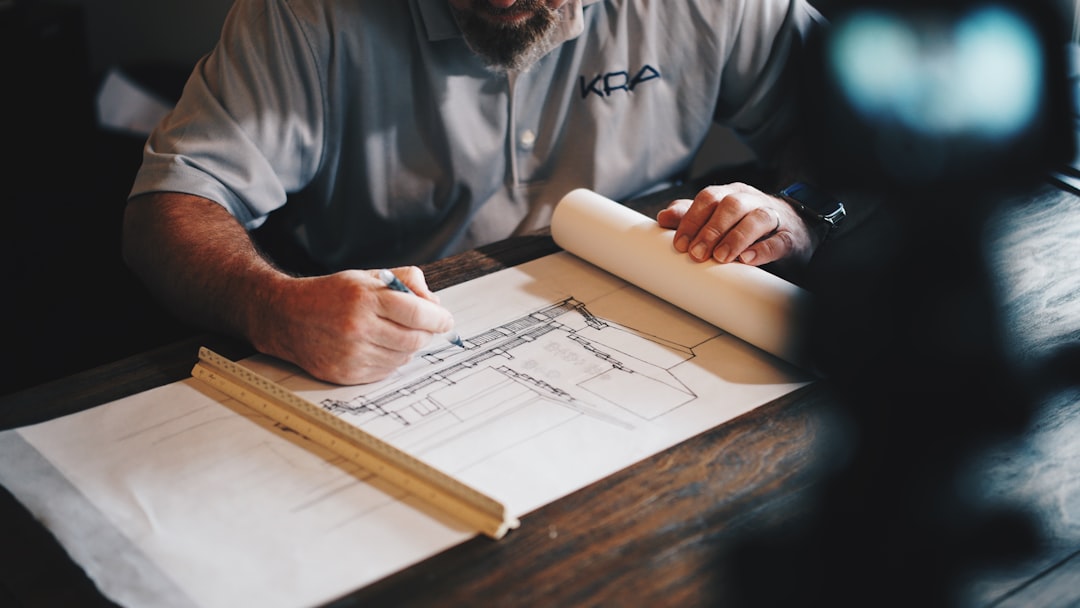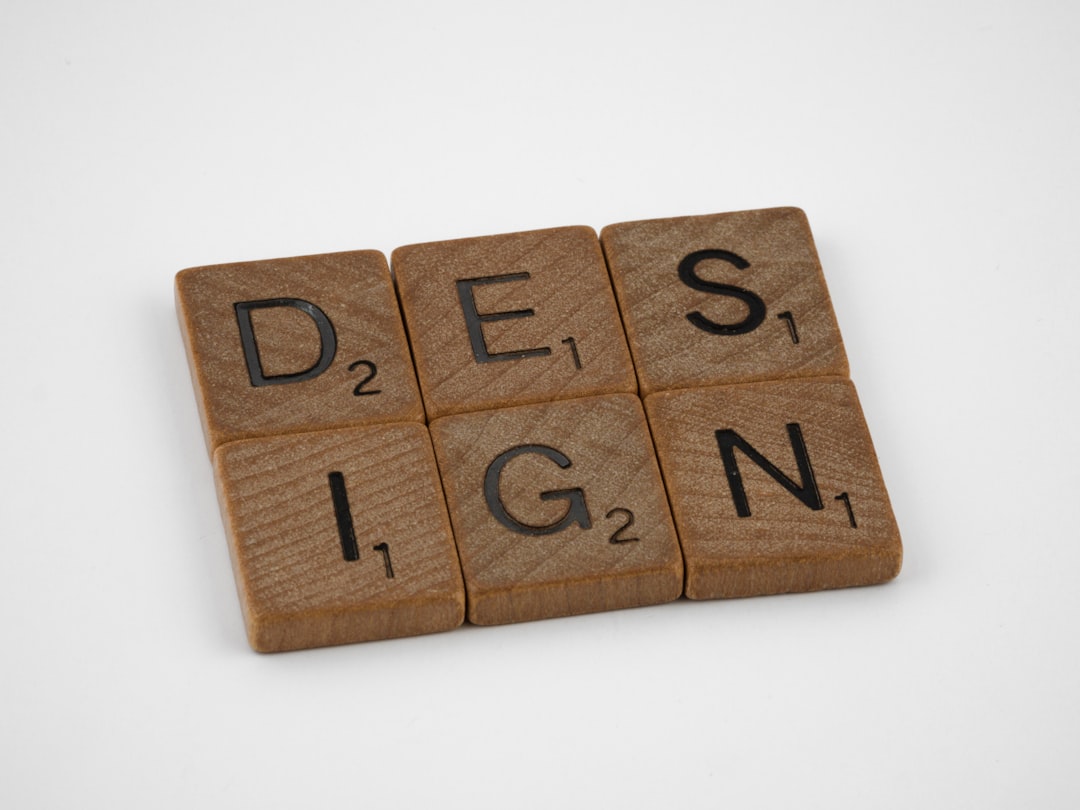

Engage prospects with a scan and streamline customer engagement with FREE QR code marketing tools by Sona – no strings attached!
Create a Free QR CodeFree consultation

No commitment

Engage prospects with a scan and streamline customer engagement with FREE QR code marketing tools by Sona – no strings attached!
Create a Free QR CodeFree consultation

No commitment
In today’s digitally driven world, QR codes have evolved from a novelty to a strategic powerhouse for QR code marketing that bridges offline engagement with online action. For design contracting services, QR codes represent a frictionless way to increase access to portfolios, simplify requests for quotes, and streamline approvals, without forcing prospects to download an app or navigate cumbersome forms. The result is faster, cleaner client interactions that remove unnecessary steps while capturing valuable data at every touchpoint.
Design contracting firms often juggle complex processes across client onboarding, site visits, procurement, and approvals. Paper forms get lost, printed brochures quickly become outdated, and static signage cannot translate foot traffic into attributable leads. QR codes resolve these gaps by tying every physical touchpoint to a specific digital action, enabling contractors to collect intent signals in real time and respond promptly with relevant follow-ups.
This guide walks through practical strategies to deploy QR codes across your marketing and operations stack. You will learn where to place codes, which formats to use, how to build retargetable audiences, and how to connect scan activity all the way to revenue. If you adopt the techniques here and manage them in a centralized platform like Sona QR, you can transform every job site, brochure, and event interaction into a measurable pipeline driver.

Design contracting businesses often struggle to capture and engage clients efficiently at the first point of contact. Missed or incomplete intake forms, hard-to-track paper brochures, and unrecorded walk-ins make it easy for promising leads to slip through the cracks. QR codes provide a direct onramp from physical touchpoints to digital action, ensuring no interaction is wasted and that every expression of interest ties back to a measurable outcome.
Replacing analog steps with QR-enabled digital experiences can significantly improve velocity and consistency. Printed portfolio books become live galleries, sign-in sheets become mobile-optimized forms, and one-off email exchanges become trackable conversations inside your CRM. By modernizing the front end of every project, QR code strategies help design contractors become more accessible, responsive, and data-driven.
If you want to operationalize this at scale, consider Sona QR to centralize code creation, A/B testing, and analytics, and to sync scan data directly to tools like HubSpot or Salesforce. Start creating QR codes for free.
Traditional marketing assets like flyers, yard signs, and print ads have long been essential for visibility, yet they rarely provide actionable insight. You might distribute hundreds of brochures and still not know which topics resonated, who engaged, or whether interest progressed to a conversation. QR codes remove this uncertainty by converting every physical impression into a measurable digital interaction in contractor marketing.
They also match the expectations of modern clients who want speed and clarity. Busy homeowners, architects, and developers do not want to hunt through menus or wait for a callback just to see a portfolio or request a quote. With a single scan, prospects can move from awareness to action, while you collect the signals needed to prioritize follow-up and forecast demand.
Example: A residential remodeling contractor replaced static brochures with QR-linked project galleries and quote request forms. Within two months, marketing-qualified leads increased, consultation bookings accelerated, and approval cycles shortened due to on-page FAQs and pre-qualification prompts that reduced back-and-forth emails.

Design contractors benefit from QR formats that funnel interest into specific, measurable actions. Choosing the right format ensures scans lead to destinations that match the buyer’s intent, whether that is getting in touch, previewing work, or joining a guest network on a job site.
Dynamic QR codes are particularly useful in this field because content and priorities change frequently. If your team updates a portfolio, rotates featured case studies, or adjusts a seasonal offer, dynamic codes can be re-routed instantly without touching printed assets. You retain agility while preserving attribution.
With Sona QR, you can create and manage all of these formats in one place, switch destinations when campaign priorities change, and capture scan analytics that feed directly into your reporting stack.

Growth in design contracting often hinges on turning in-person interest into digital momentum. Too many firms rely on hope that a visitor will later type in a URL or remember to call. Strategic QR placement closes that gap by making action immediate and measurable wherever your audience encounters your brand.
Look at your existing physical touchpoints and ask whether each one offers a compelling next step. If a sign, brochure, or package lacks a QR code with a clear promise, you are likely leaving leads on the table and losing the chance to learn which interactions create the most value.
By auditing your physical footprint and embedding QR-driven actions, you will transform passive visibility into active demand generation. Over time, scan analytics will reveal which placements are pulling their weight and where new opportunities exist.

QR codes can drive results across the full client lifecycle, from discovery to approvals to post-project advocacy. The key is to map each code to a specific, high-value action that aligns with a client’s context. A homeowner at a job site might want a gallery and a quote request, while a developer reviewing a proposal may care more about schedule transparency and references.
When you tie each use case to measurable outcomes, you create a feedback loop for continuous improvement. Below are three of the most effective applications for design contracting teams.
Each of these use cases turns a static moment into a guided step forward, while enriching your CRM with behavioral data that indicates priorities and readiness to buy.
Every QR scan contains context: where it happened, what offer drove it, and which asset delivered the message. By deploying multiple codes across your touchpoints, you can segment audiences automatically and tailor follow-ups that mirror real-world behavior rather than generic assumptions.
For design contracting services, segmentation should reflect the diversity of buyers and projects. A homeowner considering a kitchen remodel has different needs and timelines than a facilities manager planning a phased office renovation. Separate these paths using code-level distinctions so your content, sales outreach, and ad intent-driven retargeting stay relevant.
Practical audience examples for contractors include homeowners vs. commercial property managers, remodel vs. new build prospects, architect-led inquiries vs. direct-to-consumer leads, and former clients who are primed for referral programs. Each group warrants tailored content and timelines informed by scan behavior.
QR codes are a connective tissue between your physical presence and your digital engine. The most effective contractors treat them as core infrastructure across sales, marketing, and operations. When every printed asset links to a well-designed digital journey, you gain both conversion uplift and granular attribution.
Start by identifying the primary media you use today, then layer in QR codes with benefit-driven CTAs and trackable destinations. As you aggregate scan data, you can fine-tune not just the codes but the channels themselves, reallocating budget and creative effort toward what reliably drives revenue.
Manage codes in a centralized platform like Sona QR to maintain consistent branding, ensure accurate routing, and unify analytics. The result is a multi-channel system in which every physical asset contributes to a measurable, continuous digital conversation.
Launching a QR campaign is most successful when it is driven by a clear outcome, a well-chosen format, and tight operational alignment. Treat the following steps as a repeatable framework that your team can apply to any initiative, from trade show lead capture to job site approvals.
As you roll through each step, validate assumptions in the field. Scan in the same lighting and angles your audience will encounter. Test the landing experience on multiple devices. Make sure the follow-up flows fire instantly. A little upfront diligence pays off in repeatable wins.
Decide which business problem you want to solve. Examples include boosting qualified quote requests from event attendees, reducing approval latency on change orders, or driving more reviews and referrals post-project. Focus on one outcome per campaign so you can measure impact cleanly.
Map the use case to the audience and environment. A code on yard signage should lead to a fast-loading gallery and a short quote form, while a code on a change order should open directly to a sign-off page with clear options and timestamps.
Select the format that best fits your objective. Use dynamic web links for portfolios, case studies, and forms that you may update later. Choose SMS or email pre-fills for quick questions or appointment confirmations. Consider vCards for business cards and proposal folders where instant contact saving is useful.
Dynamic QR codes are typically the right choice because they enable ongoing optimization. You can A/B test destinations, change offers without reprinting, and retain a full analytics trail for future analysis.
Keep the visual hierarchy simple and benefit-led. The CTA next to the code should state what users will get, not just what to do, for example Scan to view our kitchen portfolio, or Scan to schedule a free consult. Frame the code with brand colors and give it sufficient white space for easy scanning.
Test scannability across distances, angles, and lighting conditions. Try multiple devices and native camera apps. Confirm the landing page or message loads quickly and is mobile-first. A code that scans but leads to a slow or confusing experience will underperform.
Place codes where your audience already pays attention. For contractors, this includes job site signage, direct mailers to nearby homes or businesses, proposal packets, trade show booths, and showroom displays, which are common QR codes in construction touchpoints. Match each placement with a destination and CTA tailored to that context.
Stagger deployments so you can isolate performance by channel. Start with two or three high-visibility placements, then expand to additional media once you understand which environments produce the best scan-to-conversion rates.
Instrument every code with analytics. Monitor scan volume, conversion rates to form fills or bookings, and time-to-follow-up. Use these insights to refine CTAs, reposition codes, or change destinations. Kill underperforming variants quickly and double down on winners.
Connect Sona QR to your CRM and ad platforms to automate lead creation, trigger nurture sequences, and build retargeting audiences. Over time, this transforms individual scans into a predictable growth pipeline.
Following this checklist will help your team build an internal playbook that turns physical assets into always-on demand generators. As campaigns iterate, you will see smoother client journeys, faster approvals, and higher marketing ROI.

A common hurdle in design contracting is proving which activities drive revenue. You might sense that event participation, print ads, or site signage matter, but without reliable attribution you cannot confidently invest at scale. QR-driven analytics solve this by connecting the dots between scan, engagement, and signed contracts. For strategy, see Sona’s blog post essential guide to offline attribution.
The goal is to capture granular data at the moment of scan, then follow that signal through the funnel. When data flows into your CRM and reporting tools automatically, your team can spot high-intent patterns, prioritize outreach, and forecast pipeline based on more than intuition.
Sona QR captures scan-level details and routes them into Sona.com for advanced attribution. Together, they let you see how offline interactions contribute to pipeline and revenue, so QR becomes a measurable component of your performance marketing strategy rather than a novelty.
QR campaigns thrive when they are actively managed, promoted, and connected to automation. Neglecting code placement, leaving CTAs vague, or delaying follow-ups are the most common reasons results fall short. With a few process upgrades, you can avoid these pitfalls and compound your wins across campaigns.
Make it easy for your team to use QR codes correctly. Provide simple design templates, an internal guide on writing benefit-led CTAs, and a testing checklist for real-world conditions. When everyone understands why and how to deploy the codes, adoption grows and outcomes improve.
Creative examples include adding a QR code to plan sets that opens a live version history or spec sheet, and placing payment QR links on invoices for fast collections. Both improve efficiency while capturing engagement data you can use for future outreach.
Design contracting teams are using QR codes in inventive ways that both elevate client experience and produce measurable results. The most successful examples make the next step obvious, useful, and immediate, then tie those actions to tracking systems that quantify impact.
If you are seeking inspiration for your own programs, consider the following approaches and adapt them to your services, markets, and brand voice.
These examples demonstrate how QR tools can transform everyday materials into engines for engagement, attribution, and revenue. Start with one or two, measure outcomes, and then expand into a full program that touches every stage of your client lifecycle.
Effective QR programs combine good creative, practical placement, and disciplined measurement. Even small missteps can dampen results. A code that is too small on a busy poster, a CTA that does not explain the value, or a landing page that loads slowly can cut your scan-to-action rate dramatically.
Avoid common mistakes by stress-testing your assets and educating the team. The following practices help keep performance high and ensure that QR becomes a reliable lever in your growth mix.
By institutionalizing these practices, design contracting businesses can avoid waste and make QR initiatives an evolving asset that adapts to client behavior and market dynamics.
QR codes are more than a shortcut. They are a flexible strategy for design contracting services to convert every physical asset into a digital entry point and every moment of interest into measurable progress. When implemented thoughtfully, they create a connected journey from first glance at a yard sign to quote request to project approval, all while feeding your CRM with actionable data.
With Sona QR, you can generate, manage, and track codes across your entire footprint, route scan activity into Sona.com for attribution, and connect the dots from offline curiosity to closed revenue. For measurement foundations, see Sona’s blog post accurate revenue attribution. Start with one use case, instrument it carefully, and iterate based on the data. Over time, you will build a scalable system that captures demand at the source, personalizes follow-up, and turns everyday interactions into a durable competitive advantage.
QR codes have revolutionized the design contracting services industry by transforming traditional project workflows into interactive, data-driven experiences. Whether it’s streamlining client access to detailed design plans, enhancing communication during project execution, or enabling seamless approvals, QR codes replace cumbersome paperwork with instant, mobile-friendly interactions that boost efficiency and transparency. Imagine clients effortlessly scanning a code to review up-to-date designs or contractors accessing critical specs on-site without delay.
With Sona QR, you can create dynamic, trackable QR codes in seconds—update project information in real time without reprinting, monitor engagement metrics, and link every scan directly to improved project outcomes. No missed updates, no communication gaps—just smarter collaboration that drives timely decisions and client satisfaction.
Start for free with Sona QR today and turn every scan into a catalyst for smoother projects, stronger relationships, and measurable success in design contracting services.
QR codes provide a seamless bridge from physical touchpoints to digital actions, allowing prospects to access portfolios, request quotes, and approve projects quickly, which enhances client engagement and data capture for better marketing outcomes.
QR codes enable instant access to portfolios and forms, reduce friction for clients, offer dynamic content updates without reprinting, provide detailed scan analytics, and improve cost efficiency by turning static materials into measurable digital interactions.
Start by selecting a clear use case and appropriate QR code format, design benefit-led CTAs, test codes in real-world conditions for scannability, deploy them across high-impact physical channels, and track performance to optimize and integrate results with your CRM.
Examples include using QR codes for 3D walkthrough access on-site, linking invoices to payment portals, segmenting trade show leads with personalized codes, collecting post-project testimonials, and providing material care guides, all of which improve client experience and measurable results.
QR codes create frictionless pathways for clients to view portfolios, request quotes, book consultations, and approve work instantly, while capturing detailed intent data that enables timely follow-up and personalized communication, thereby boosting engagement and conversion.
Use Sona QR's trackable codes to improve customer acquisition and engagement today.
Create Your FREE Trackable QR Code in SecondsJoin results-focused teams combining Sona Platform automation with advanced Google Ads strategies to scale lead generation

Connect your existing CRM

Free Account Enrichment

No setup fees
No commitment required

Free consultation

Get a custom Google Ads roadmap for your business






Launch campaigns that generate qualified leads in 30 days or less.
